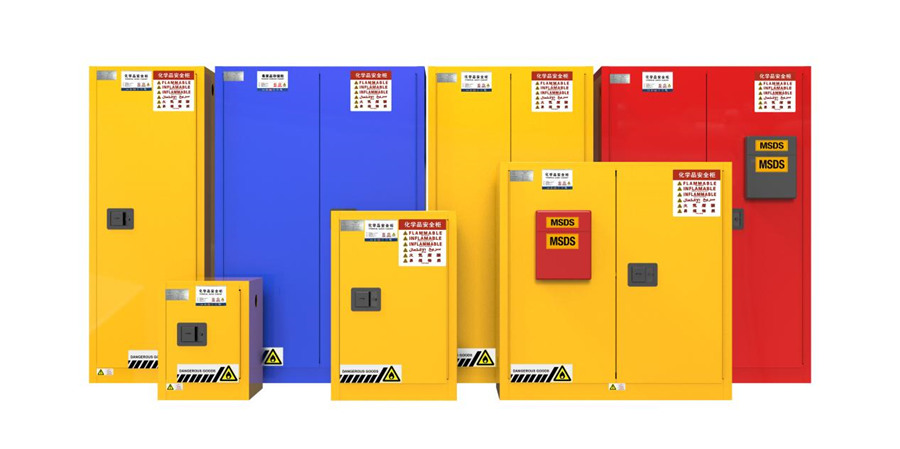Best Practices for Using Chemical Storage Cabinets Safely
2025-04-15
Owning a chemical storage cabinet is a great first step toward safety, but knowing how to use it properly is equally important. Misuse or neglect can still lead to accidents, even with the best equipment in place. Here are some best practices to ensure safe and effective use of your chemical storage cabinet.

1. Choose the Right Cabinet for the Right Chemicals
Different chemicals require different storage environments. Flammable liquids, acids, and bases must be stored separately to avoid dangerous reactions. Always read the safety data sheets (SDS) before storing any chemical.
2. Label Everything Clearly
Every container stored in the cabinet should be properly labeled with its chemical name, hazard classification, and expiration date. The cabinet itself should have visible hazard labels indicating its contents, such as “Flammable” or “Corrosive.”
3. Don’t Overload the Cabinet
Chemical cabinets are designed with weight and capacity limits. Overloading can compromise structural integrity and increase the risk of spills or accidents. Keep enough space between containers for airflow and easy access.
4. Keep Incompatible Chemicals Apart
Never store incompatible chemicals together. For example, acids should not be stored with bases, and oxidizers should be kept away from flammables. Use separate cabinets or compartments if necessary.
5. Inspect Regularly
Routine checks are essential. Inspect cabinets for signs of corrosion, leaks, or damage. Make sure that locks and doors function properly and that the spill containment system is clean and empty.
6. Ensure Proper Ventilation
If your cabinet is vented, make sure the ventilation system is functioning well. This is particularly important for flammable or volatile substances.
7. Train Staff and Maintain Access Control
Only trained personnel should have access to chemical storage. Lock the cabinet when not in use and keep an updated inventory of stored chemicals.
---
Conclusion
Chemical storage cabinets are vital safety tools, but their effectiveness depends on correct usage and regular maintenance. By following these best practices, you can greatly reduce risks, ensure compliance with safety regulations, and protect everyone in the workplace.
Would you like a third blog focused on how to choose the right cabinet model or regulatory standards like OSHA or NFPA for chemical storage? I'd be happy to create that for you too!


